Home>Interior Design>Drapes Vs Curtains Vs Shades Vs Blinds: What’s The Difference?
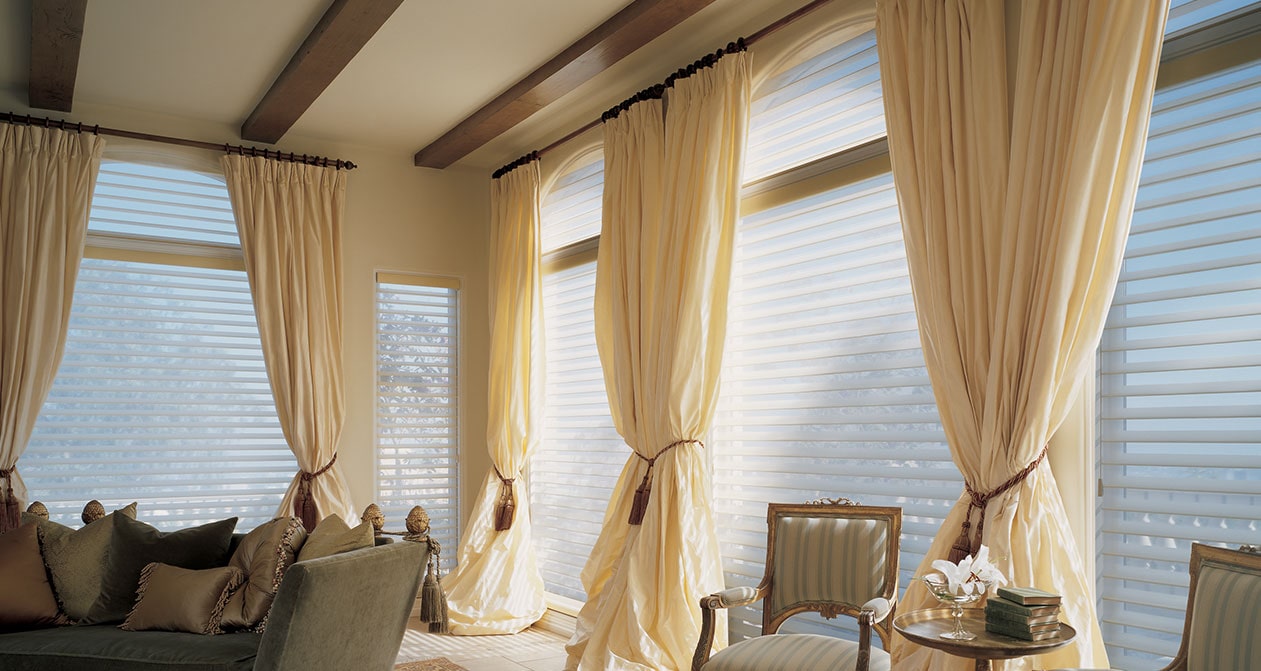

Interior Design
Drapes Vs Curtains Vs Shades Vs Blinds: What’s The Difference?
Modified: January 9, 2024
Discover the key differences between drapes, curtains, shades, and blinds in interior design. Upgrade your home decor with the right window treatment option.
(Many of the links in this article redirect to a specific reviewed product. Your purchase of these products through affiliate links helps to generate commission for Storables.com, at no extra cost. Learn more)
Introduction
When it comes to dressing up your windows, there are a variety of options available that can completely transform the look and feel of a room. Drapes, curtains, shades, and blinds are four popular choices used for both functional and decorative purposes. Understanding the difference between these window coverings will help you make an informed decision that suits your style and needs.
Each type of window treatment has its distinct features, benefits, and drawbacks. Factors such as light control, privacy, insulation, ease of maintenance, and overall aesthetics should be considered when choosing between drapes, curtains, shades, and blinds.
In this article, we will explore the characteristics and differences of each option, helping you gain a deeper understanding of their unique qualities.
Key Takeaways:
- Elevate the elegance with drapes, offering luxurious light control and insulation for formal spaces like bedrooms and living rooms. Customizable with intricate patterns and textures, they add a touch of drama and sophistication to any room.
- Embrace versatility and style with curtains, a budget-friendly option that effortlessly adds personality and visual interest to casual and informal spaces. With a wide variety of colors and patterns, curtains offer easy maintenance and a pop of color to your decor.
Drapes
Drapes, often referred to as draperies, are luxurious window coverings typically made from heavy fabrics such as velvet, silk, or damask. They are designed to hang from a rod, extending from the top of the window to the floor or just below the window sill. Drapes offer a dramatic and formal look, perfect for elegant and traditional interior designs.
One of the key advantages of drapes is their ability to block out light effectively. They offer excellent privacy and can also provide insulation by trapping heat in the winter and blocking out heat in the summer. This makes them an ideal choice for bedrooms, living rooms, and even home theaters.
Another notable feature of drapes is their versatility in terms of patterns, colors, and textures. From solid colors to intricate patterns, you can find drapes that match your decor style. They can be customized with additional details such as decorative trims, tassels, or valances to add an extra touch of elegance.
Maintaining drapes requires a bit more effort compared to other window treatments. They need to be periodically dry cleaned or professionally cleaned to ensure their longevity and maintain their appearance.
Overall, drapes are a sophisticated choice that adds a touch of luxury and elegance to any room. They are best suited for formal spaces where light control and privacy are of great importance.
Curtains
Curtains are a popular and versatile window treatment option that can suit a variety of interior styles. They are usually made from lighter fabrics such as cotton, linen, or polyester, making them more lightweight and easier to handle compared to drapes. Curtains are typically hung from a rod and can range in length from just above the window sill to floor-length, depending on your preference.
One of the main advantages of curtains is the sheer variety of styles, patterns, and colors available. Whether you prefer bold prints, subtle neutrals, or playful patterns, you can easily find curtains that complement your decor. This makes curtains a great way to add a pop of color or add visual interest to a room.
Curtains also offer varying levels of light control and privacy, depending on the fabric thickness and lining. Sheer curtains allow diffused light to filter into the room while still offering a level of privacy. Thicker curtains with blackout lining can effectively block out light and provide enhanced privacy, making them a popular choice for bedrooms.
In terms of maintenance, curtains are relatively easy to clean. Most curtains can be machine washed, making them a convenient option for busy households. However, it is essential to follow the care instructions of the specific fabric to avoid shrinking or damaging the curtains.
Curtains are a versatile and budget-friendly option that can be easily switched out or updated without breaking the bank. They are ideal for casual and informal spaces where flexibility and style are key.
Drapes are heavy, lined curtains that block out light and provide insulation. Curtains are lighter and unlined, allowing more light through. Shades are made of fabric or natural materials and can be raised or lowered. Blinds are made of slats that can be tilted to control light.
Shades
Shades, also known as window shades or roller shades, are a practical and sleek window treatment option. They are made of a single piece of fabric that is mounted on a roller mechanism, allowing them to be easily raised or lowered to adjust the amount of light entering the room. Shades offer a clean and minimalist look, making them suitable for both modern and contemporary interior designs.
One of the main advantages of shades is their excellent light control capabilities. They can be adjusted to block out or filter light, providing varying degrees of privacy and ambiance. Some shades, such as blackout shades, are designed to completely block out light, making them a popular choice for bedrooms or media rooms where complete darkness is desired.
Shades come in a variety of styles, including Roman shades, cellular shades, solar shades, and roller shades, each with its own unique features. Roman shades feature a series of horizontally folding fabric panels, providing an elegant and tailored look. Cellular shades, also known as honeycomb shades, have a honeycomb-like structure that enhances insulation and energy efficiency. Solar shades are designed to reduce glare and filter harmful UV rays while maintaining an outside view.
Shades are relatively low maintenance and easy to clean. Most shades can be wiped down with a damp cloth or vacuumed with a brush attachment. However, it is essential to refer to the manufacturer’s instructions for specific care guidelines.
Overall, shades offer a practical and streamlined solution for light control and privacy. They are suitable for a range of spaces, from kitchens and bedrooms to offices and living rooms, due to their versatility and functionality.
Blinds
Blinds are a popular window treatment option known for their durability and functionality. They are typically made of rigid materials such as wood, aluminum, or vinyl and consist of horizontal or vertical slats that can be adjusted to control light and privacy. Blinds offer a clean and contemporary look, making them suitable for modern and minimalist interior styles.
One of the key advantages of blinds is their precise light control capabilities. The slats can be tilted to direct or block out light, allowing you to fine-tune the amount of light entering the room. This makes blinds a great choice for spaces such as home offices or rooms with large windows where glare reduction is essential.
Blinds come in various types, including horizontal blinds, vertical blinds, and mini blinds. Horizontal blinds feature horizontal slats that can be raised or lowered, while vertical blinds have vertical slats that can be rotated for light control. Mini blinds are a more compact version of horizontal blinds with smaller slats.
Blinds are relatively low maintenance and easy to clean. Horizontal blinds can be dusted with a cloth or vacuumed with a brush attachment. Vertical blinds can be wiped clean with a damp cloth or sponge. Regular maintenance and cleaning will help to keep blinds looking their best and prolong their lifespan.
Another benefit of blinds is their versatility in terms of style and color options. From natural wood finishes to sleek metallics, you can find blinds that complement your decor seamlessly. They can also be customized with features such as cordless operation, motorization, or decorative valances to enhance their functionality and aesthetics.
Overall, blinds offer a practical and utilitarian solution for light control and privacy. They are well-suited for spaces where functionality and clean lines are prioritized, such as offices, kitchens, or bathrooms.
Conclusion
Choosing the right window treatment for your space can greatly impact its overall aesthetic and functionality. Drapes, curtains, shades, and blinds are all excellent options to consider, each with its unique characteristics and benefits.
If you’re looking for a luxurious and formal option that offers excellent light control and insulation, drapes are an ideal choice. They add a touch of elegance and drama to any room, making them perfect for formal living spaces or bedrooms.
Curtains, on the other hand, offer a wide variety of styles, colors, and patterns, allowing you to easily add personality and visual interest to your space. They are versatile, affordable, and easy to maintain, making them suitable for casual and informal settings.
If functionality and sleek aesthetics are your priority, shades provide excellent light control capabilities in a clean and minimalist design. They come in various styles to suit different needs, whether it’s providing privacy in the bedroom or reducing glare in a home office.
For those seeking durability, precise light control, and a contemporary look, blinds are the way to go. They are available in different materials and styles, allowing you to find the perfect fit for your space while offering easy maintenance and cleaning.
Ultimately, the decision between drapes, curtains, shades, and blinds comes down to personal preference, style, and the functional requirements of your space. Consider factors such as light control, privacy, insulation, maintenance, and overall aesthetics to find the perfect window treatment that suits your needs and brings your vision to life.
Remember to take the time to explore different options, consult with professionals, and consider swatches and samples to ensure you make a choice that enhances your interior design and creates a comfortable and visually appealing space.
Frequently Asked Questions about Drapes Vs Curtains Vs Shades Vs Blinds: What's The Difference?
Was this page helpful?
At Storables.com, we guarantee accurate and reliable information. Our content, validated by Expert Board Contributors, is crafted following stringent Editorial Policies. We're committed to providing you with well-researched, expert-backed insights for all your informational needs.
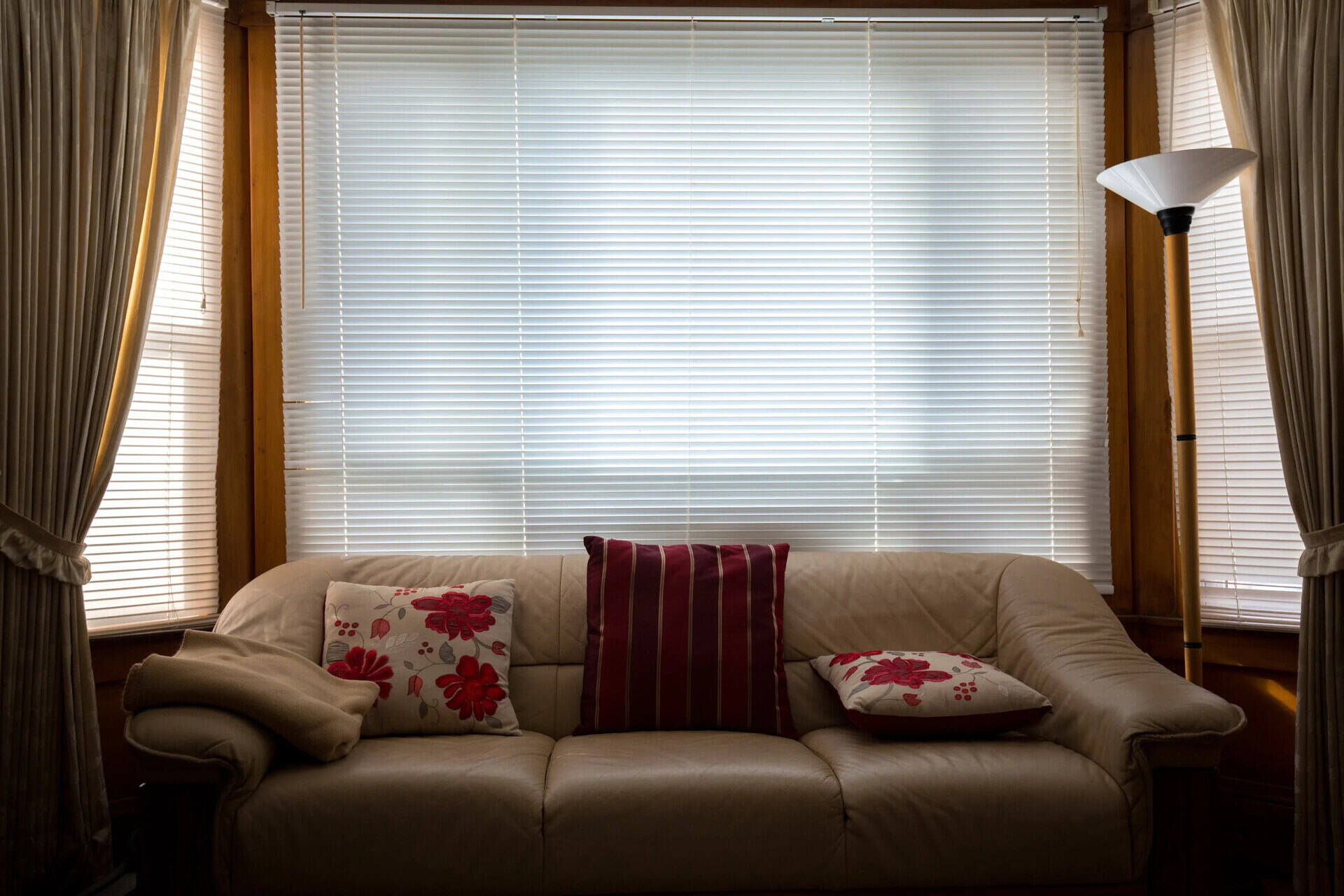

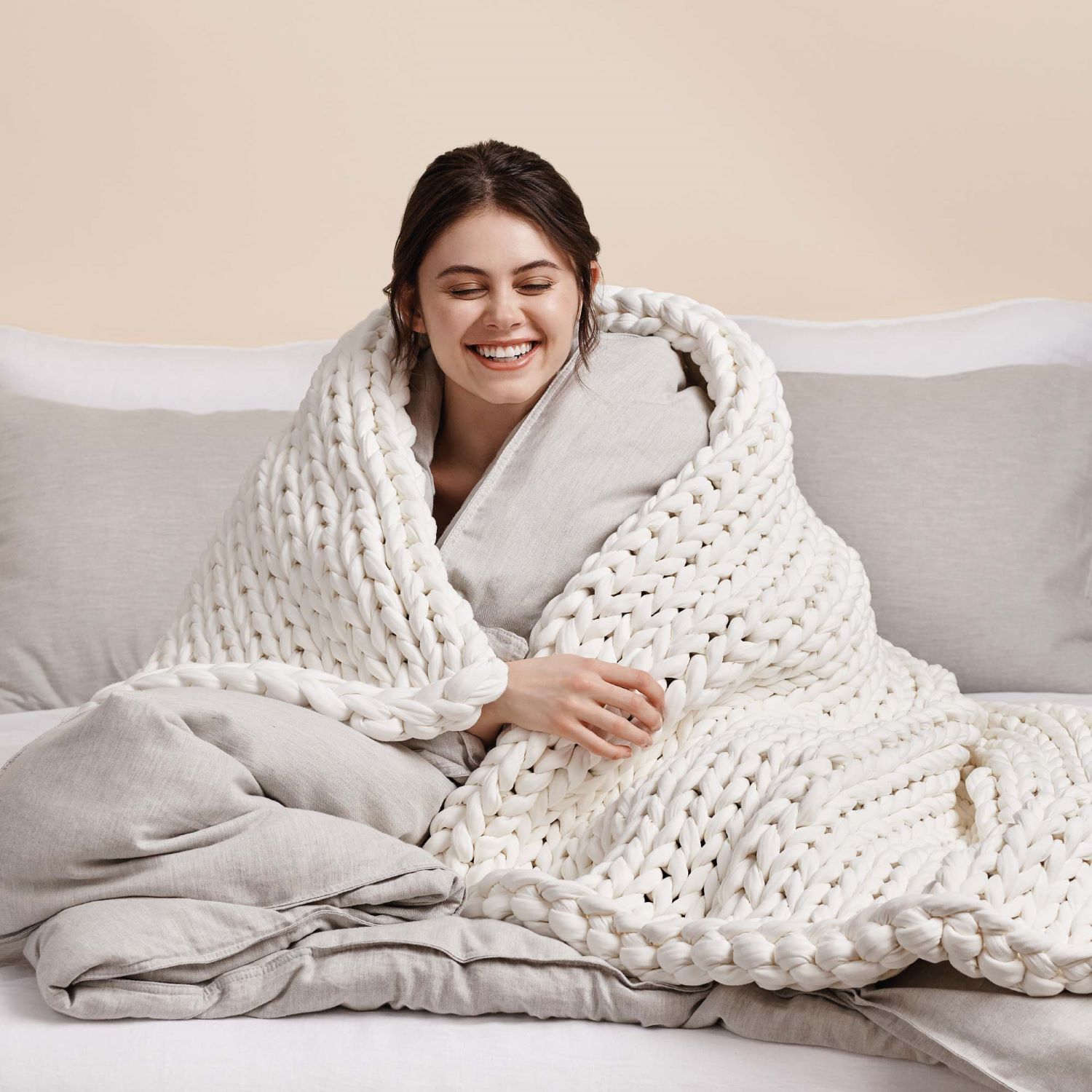
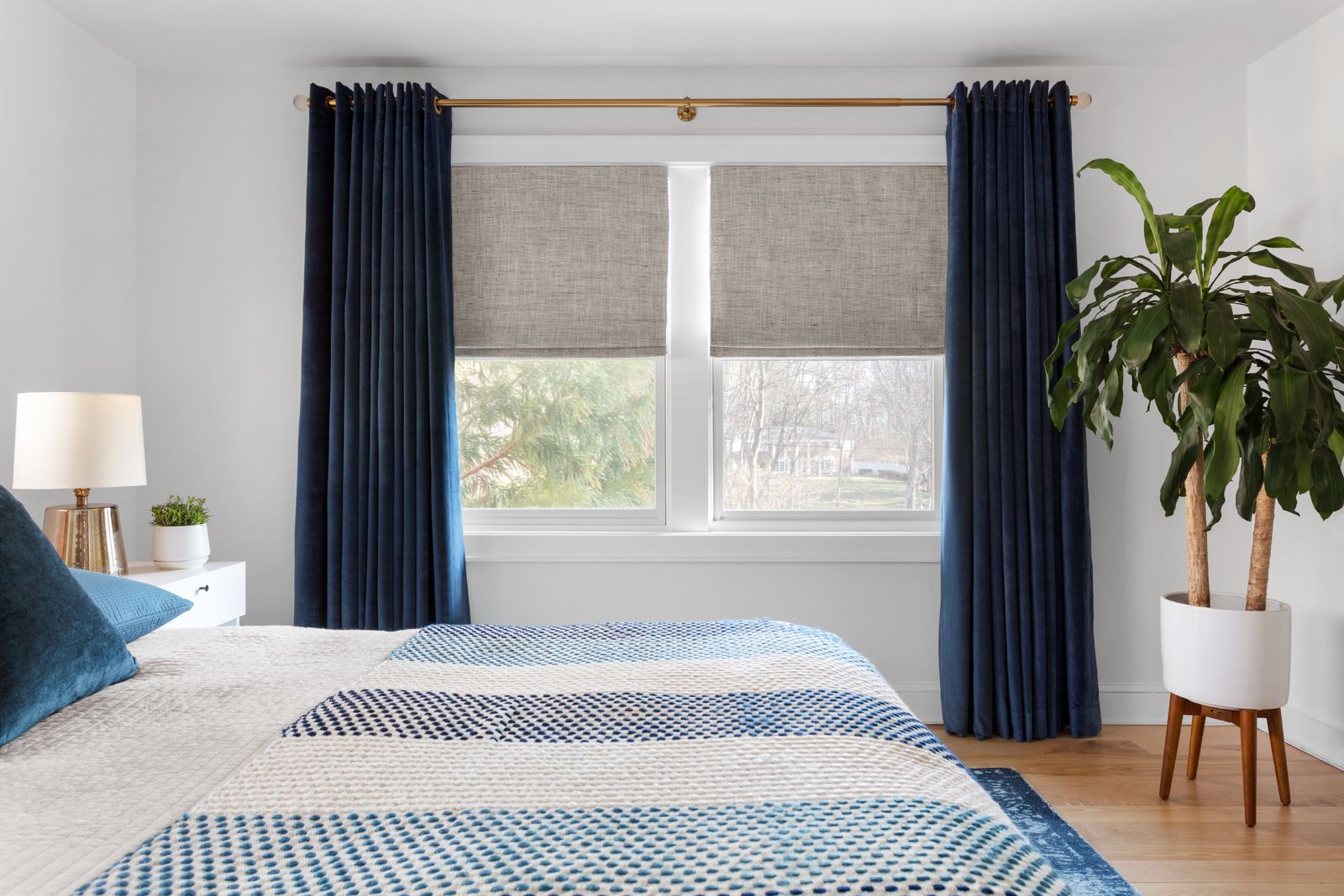
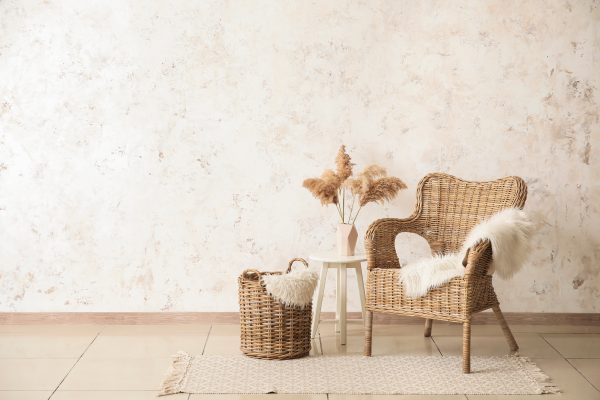
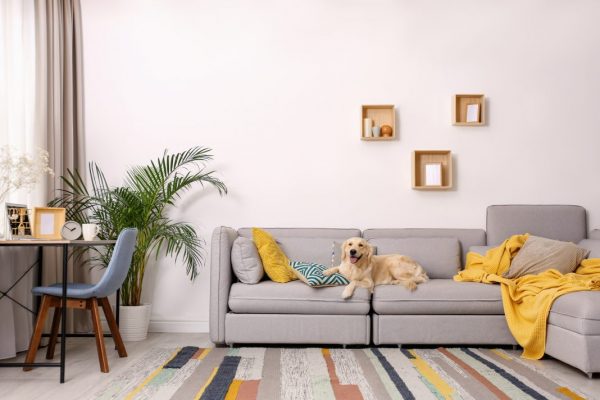
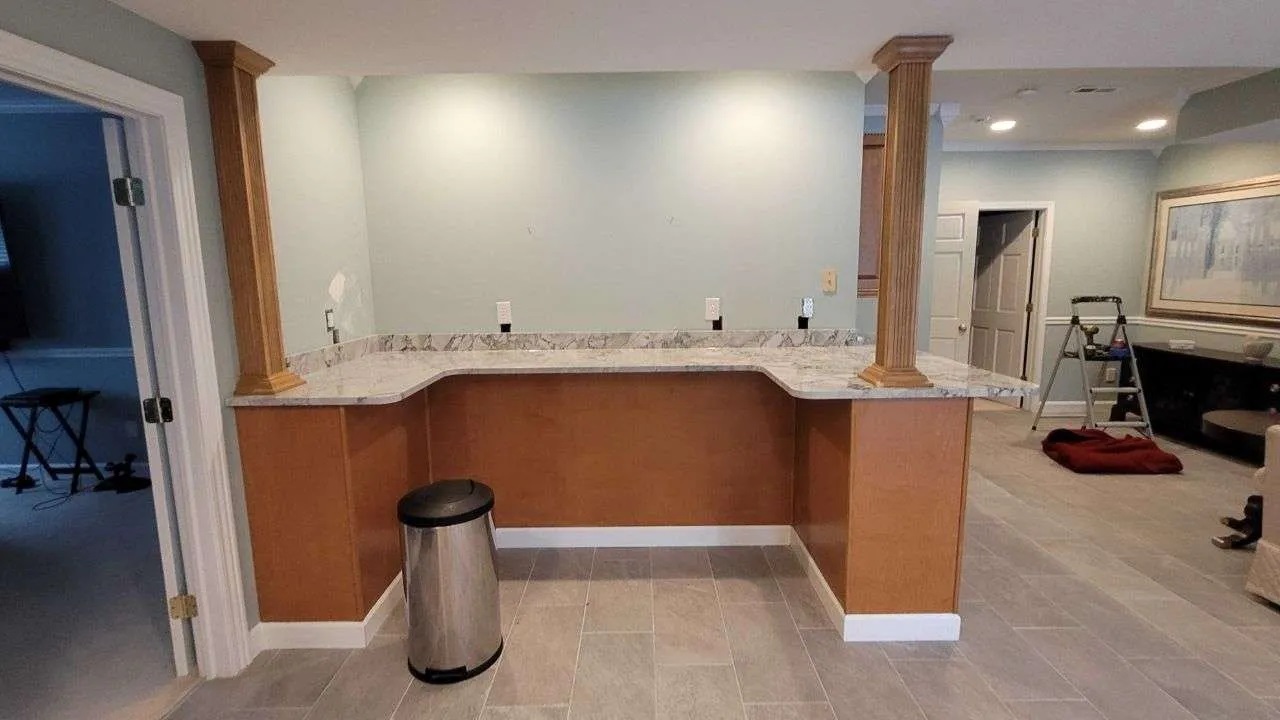
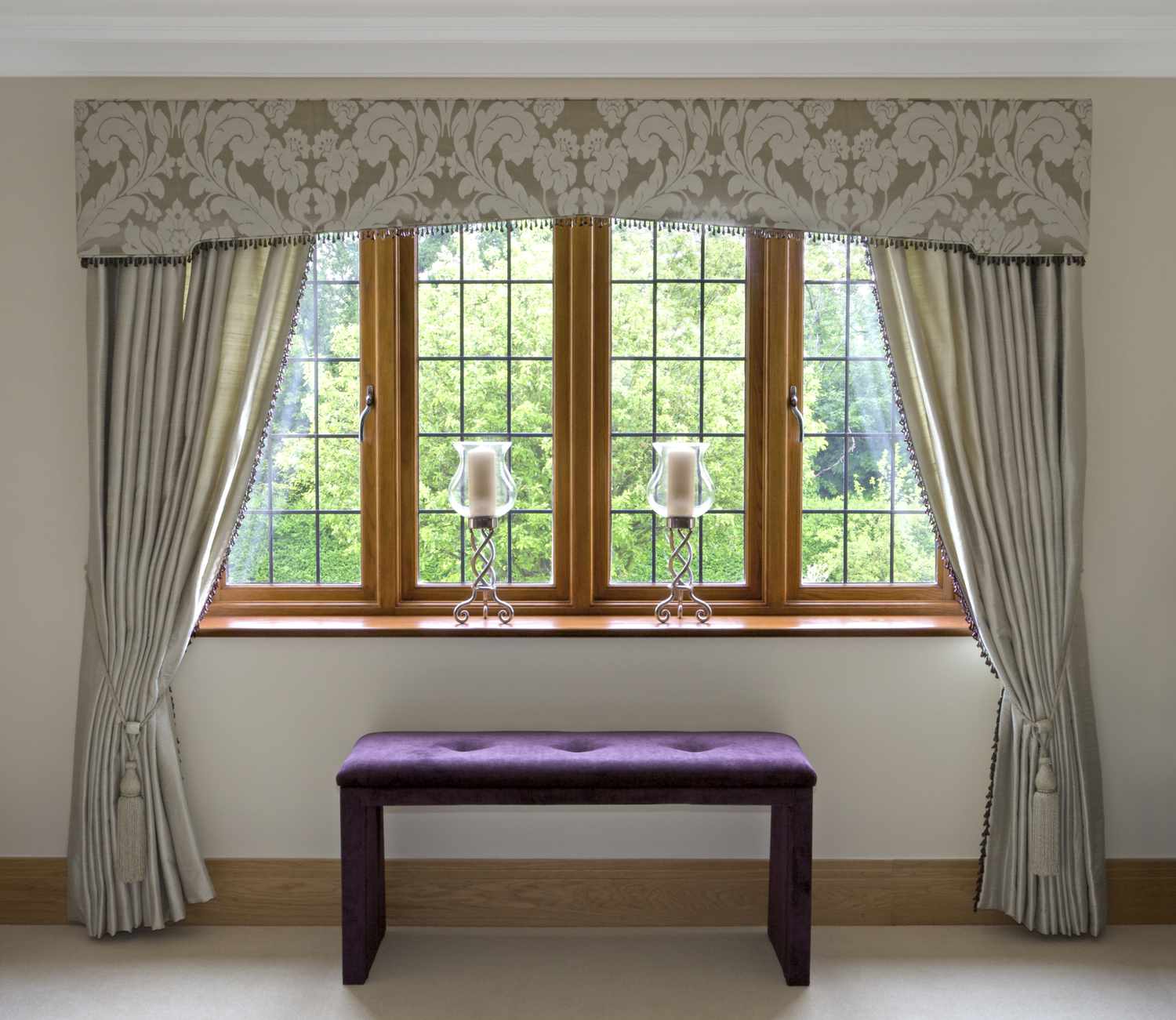
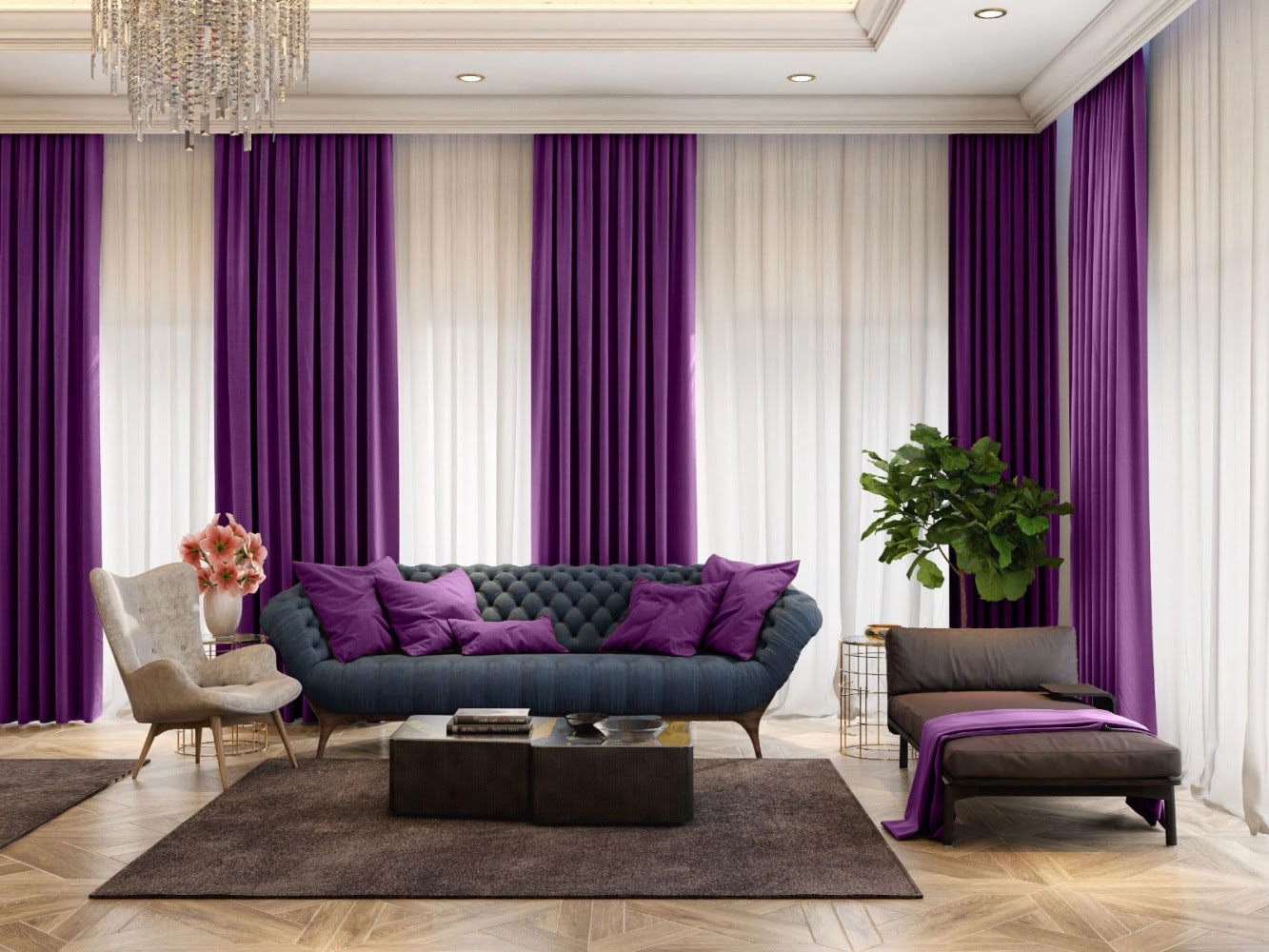
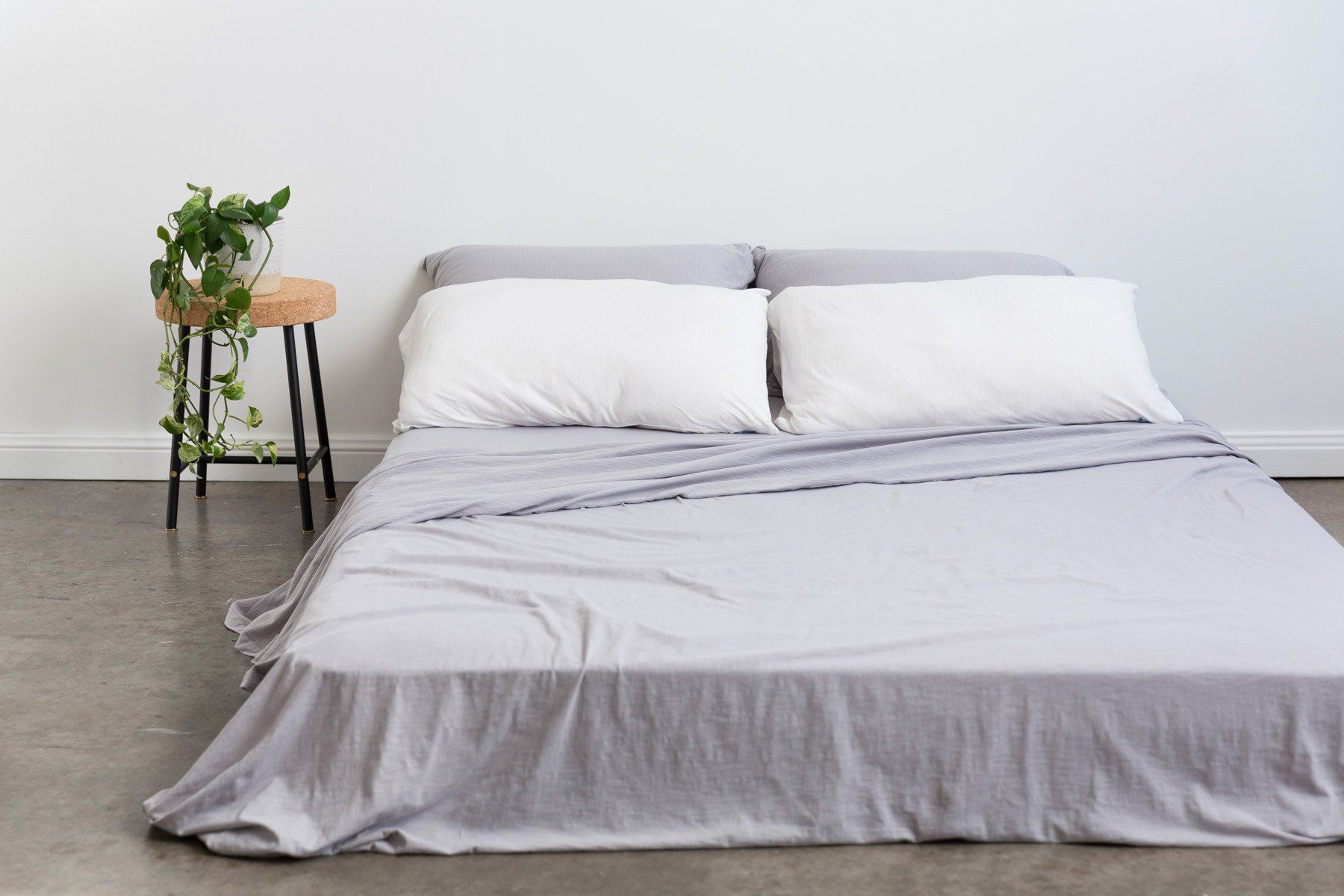
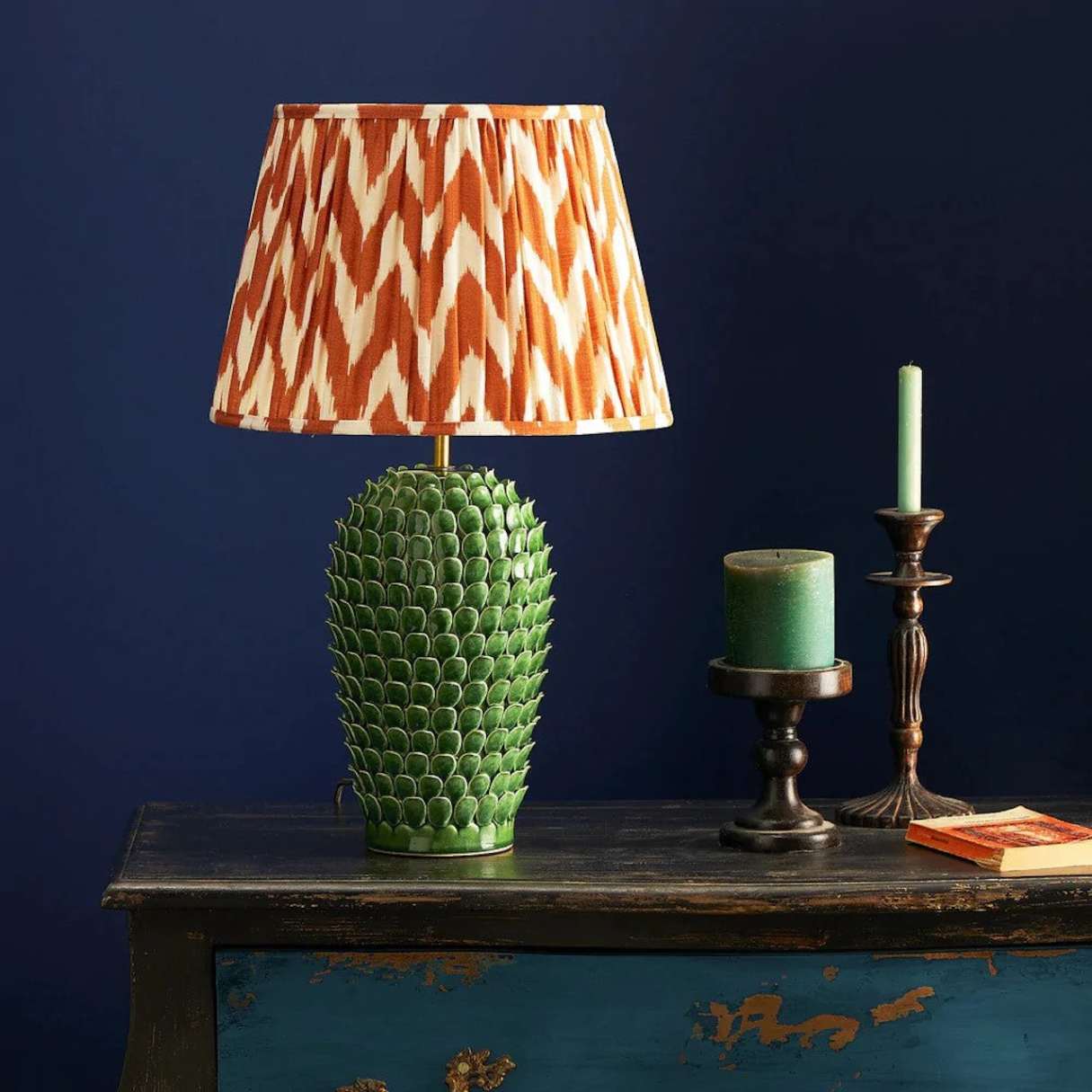




0 thoughts on “Drapes Vs Curtains Vs Shades Vs Blinds: What’s The Difference?”